The upcoming Patient-Driven Groupings Model brings major changes to the home health industry. This new model replaces the Prospective Payment System, putting patients at the center of the care plan.
Navigating 30-day periods
Community vs institutional
PDGM uses 30-day periods as basis for payment within a 60-day episode. The 30-day periods are classified into one of two admission source categories, community or institutional. Their assigned category depends on what healthcare setting the patient was in the 14 days prior to home health admission.
Institutional: This category is assigned if the patient has a qualifying stay in a hospital, skilled nursing facility (SNF), or rehab facility within the 14 days prior to admission to home health.
Community: This category is assigned if the patient has not had a qualifying stay in a hospital, SNF, or rehab facility within the 14 days prior to admission to home health.
There is the potential for higher reimbursement for those assigned to the institutional category.
Late vs. early
The first 30 days of home health are considered early. The second 30-day periods or later are considered late.
Sequences of 30-day periods continue until there is a gap of at least 60-days between the end of one 30-day period and the start of the next.
Once 60 days has passed since the last period, the next 30-day period is classified as the first 30-day period of a new sequence (and would also be considered early). In other words, the patient must be off home health services for 60 days for a new episode to be considered early.
There is potential for higher reimbursement for early episodes.
You don’t have to navigate PDGM alone. Follow us on Facebook for more resources.





